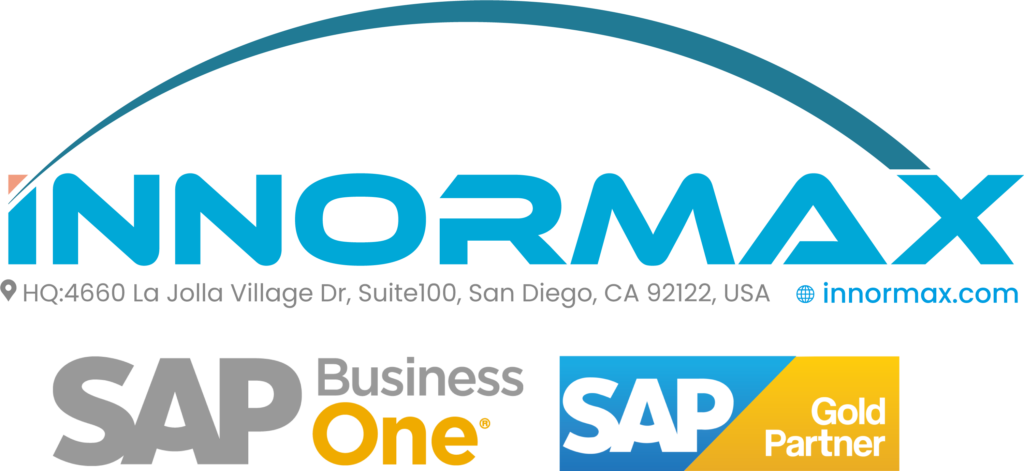How to Overcome Common ERP Implementation Challenges
How to Overcome Common ERP Implementation Challenges
Implementing an ERP system like SAP promises streamlined operations, real-time analytics, and a competitive edge. However, many organizations face challenges such as incomplete integrations, escalating costs, and frustrated teams. Why does this gap between vision and reality exist? More importantly, how can businesses avoid these pitfalls? Drawing insights from Innormax’s decade-long SAP partnerships, this blog explores common ERP challenges and proven strategies to maximize ROI and ensure seamless implementation.

The ERP Vision vs. Reality
The Promise:
ERP systems are often marketed as the ultimate solution for business efficiency—offering seamless integration, automated workflows, and real-time dashboards. Companies expect:
- Cost Savings & Efficiency: Reduced headcount through automation.
- Real-Time Financial Reporting: Faster, data-driven decision-making.
- Elimination of Manual Processes: No more reliance on Excel-based reconciliations.
The Reality:
Innormax’s research reveals recurring pain points post-implementation:
- Incomplete Integration: Persistent data silos between ERP and other systems.
- Cost Overruns: Unexpected expenses from licensing, maintenance, and customizations.
- User Resistance: Poor training results in inefficient workarounds like Excel templates.
- Delayed ROI: Organizations spend months fixing issues instead of seeing benefits.

Root Causes of ERP Failure & How to fix Them
Rushed Implementation
- Tight deadlines lead to skipped steps like requirement gathering and process mapping.
- Solution: A phased approach with structured testing and feedback milestones.
Lack of User Adoption
- Employees revert to old habits without clear SOPs and accountability.
- Solution: Role-based training and performance dashboards (e.g., post-training compliance rates).
Inexperienced Consultants
- Offshore teams lacking local industry expertise leads to misaligned solutions.
- Solution: Work with local consultants who balance SAP’s standard workflows with industry-specific requirements.
No Continuous Improvement Strategy
- Many treat ERP as a one-time project rather than an evolving system.
- Solution: Assign an internal ERP champion to collaborate closely with your SAP partner for ongoing updates.
Best Practices for ERP Success
Start with Comprehensive Process Mapping
- Document current workflows (e.g., procure-to-pay) and align them with SAP capabilities.
- Success Story: A retail client reduced invoice processing time by 40% after remapping approval workflows.
Invest in End-User Training
- Use a mix of town halls, hands-on workshops, and scenario-based testing.
- Key Metric: Companies that track training effectiveness see a 100%+ productivity increase.
Manage Expectations from Day One
- Set realistic goals—focus on business outcomes rather than system aesthetics.
- Pro Tip: Use pilot projects to showcase quick wins (e.g., FastBank’s instant reconciliations).
Prioritize Master Data Governance
- Centralize data management and perform quarterly cleansing to remove duplicates.
- Impact: Organizations with clean master data experience 67% fewer transaction errors.

Conclusion
ERP success hinges on strategic planning, user adoption, and expert guidance. By addressing common pitfalls and implementing best practices, businesses can bridge the gap between ERP vision and reality—unlocking efficiency, cost savings, and long-term growth.
Ready to optimize your SAP journey? Join Innormax’s exclusive webinar to learn how our decades of ERP expertise can help you avoid common pitfalls and achieve ROI faster.


